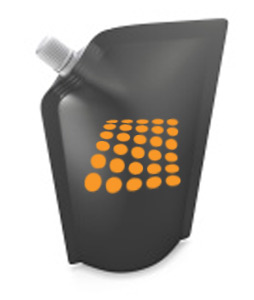

March 21 2022

Although the number of processors manufacturing-oriented plastic films represents only a small fraction of those involved in the massive plastics industry as a whole, the volume of material processed is significant, and oriented films are vital high-value components in the manufacturing of many everyday products such as food packaging, battery separators, easy-tear pouches, and more.
Why Do Manufacturers Orient Plastics?
The process of orienting plastics involves modifying the structure of polymer films like polypropylene (PP), polyester (PET), and polyethylene (PE) by heating and mechanically stretching them with specialized orientation machines. The goal is to increase material yield by down-gauging the film’s thickness while retaining its physical properties or to attain specific performance advantages in terms of mechanical, optical, barrier and porosity characteristics.
Plastic film and sheet are typically oriented in the following ways, depending on the manufacturer’s objectives: